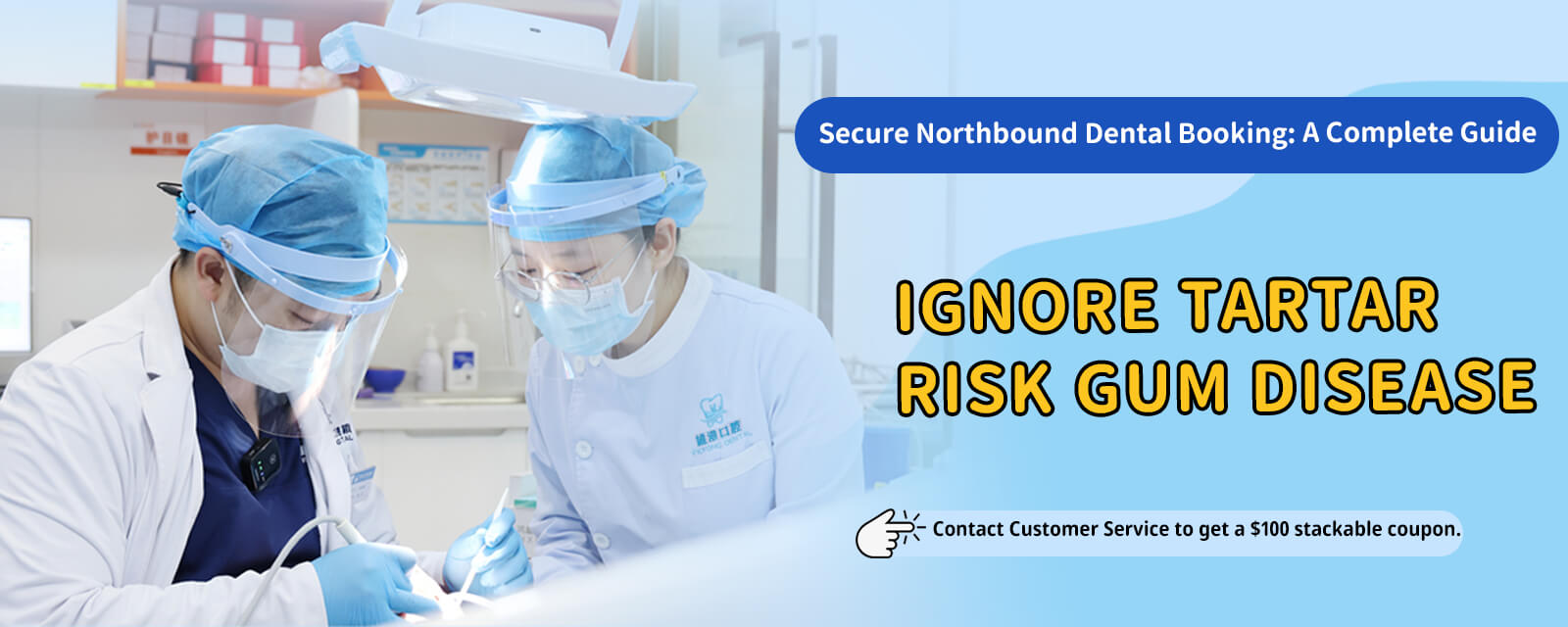Going to Mainland China for dental cleaning is cheaper, but is it any good
Going to Mainland China for dental cleaning is cheaper, but is it any good
Is going to Shenzhen for a dental cleaning cheaper—and is it actually good?
In recent years, many Hong Kong residents have been talking about “going north for a dental cleaning.” The common selling points are fast bookings, modern facilities, and comprehensive services. Put price aside for a moment—the real priority is effectiveness and safety. A dental cleaning is a medical procedure, not a simple cosmetic service. Done well, it helps stabilise periodontal health; done poorly, it can lead to recurring gum inflammation and even delay the treatment you truly need.
First, understand what a professional dental cleaning involves. It’s not just ultrasonic scaling to remove tartar. It should include interdental polishing, a periodontal assessment, subgingival cleaning when indicated, and personalised oral hygiene guidance. Whether in Hong Kong or Shenzhen, the standard workflow should be “assessment—cleaning—polishing—review and recommendations.” If a clinic rushes straight into treatment without asking about your medical history, checking periodontal indices, or if they aggressively upsell add-ons without clear explanations, take that as a warning sign.
Why is cross-border dental cleaning so appealing? Typically you’ll find more flexible appointments, newer-looking equipment, shorter waiting times, smooth online booking, and more detailed image-based explanations. You can often have a full oral examination and arrange follow-up periodontal care in the same visit. Many patients also feel the staff explain clearly and are attentive—definite plus points.
Key considerations to weigh carefully:
- Standards and protocols: Regulations and guidelines differ between regions. Infection control, single-use consumables, instrument sterilisation, and X-ray protection can vary by clinic. Use your eyes to observe and your voice to ask.
- Communication and expectations: Before treatment, do they explain risks, discomfort, sensitivity management, and the follow-up schedule? Is there a clear consent form?
- Follow-up and emergencies: After a cleaning, gum bleeding, sensitivity, or gaps appearing where tartar was removed can happen. You may need one or two review visits to fine-tune care. Consider whether cross-border follow-ups are convenient and whether the pace of care suits you.
- Medical record portability: How will X-rays and periodontal charting be transferred across different systems? If you return to a dentist in Hong Kong, can they access complete records?
- Over- or under-treatment risks: Some patients need staged subgingival scaling/root planing (deep cleaning). If you only receive a superficial polish, it may look good short term but won’t be stable long term. Conversely, unnecessary add-on procedures shouldn’t be pushed.
How to choose a clinic

you can trust:
- Check credentials: Dentist licensing, years of experience, whether they focus on periodontics, and whether they’re willing to show certificates.
- Ask about sterilisation: Are gloves and masks single-use? Are instruments individually packaged and opened in front of you? Is there documented high-temperature sterilisation in the operatory?
- Review the workflow: Assessment before treatment, imaging-led explanations, proper consent, and clear at-home care instructions.
- Clarify follow-up: When should you return? What should you do if swelling or pain occurs? Will they provide electronic medical records and imaging copies?
- Gauge the overall feel: No hard selling, patient answers to your questions, and a customised recall interval based on your periodontal status—not a one-size-fits-all approach.
Your own oral health background matters:
- Long-term gum bleeding, bad breath, loose teeth, pregnancy, diabetes, a cardiac history, or anticoagulant use all require extra evaluation.
- If you have orthodontic wires, fixed bridges, or implants, the cleaning technique and tools should be adjusted accordingly.
- If your periodontal disease is more advanced, prioritise finding a dentist who can provide continuous follow-up. Whether in Hong Kong or Shenzhen, continuity of care is what matters most.
Beyond price, factor in time and effort: border crossing, transport, waiting, and taking leave, plus your comfort level with cross-border care. If you’re used to six-month check-ups, the travel may be manageable. If you prefer immediate, same-day reviews when issues arise, building a long-term relationship locally is often more reliable.
Practical tips:
- Before booking, ask whether they’ll perform a periodontal assessment and X-rays, and how they manage sensitivity.
- Request written post-treatment instructions and a recommended date for your next check.
- Take away digital records and images to keep care aligned between regions.
- For your first visit, choose clinics with many reviews and high transparency. Watch for visible sterilisation procedures.
- In the two to three days after a cleaning, brush gently, use floss or interdental brushes, and follow instructions on desensitising toothpaste. If bleeding or swelling persists, return promptly.
So, back to the big question: is going north for a dental cleaning cheap and good? The answer is “it depends on how you choose and how you manage it.” If you opt for Shenzhen, prioritise quality, a clear process, taking your records with you, and keeping up with follow-ups. If you stay in Hong Kong, compare services and convenience. Most importantly, find a professional team willing to follow your oral health long term and build consistent habits—that’s the decision that benefits your gums the most.




